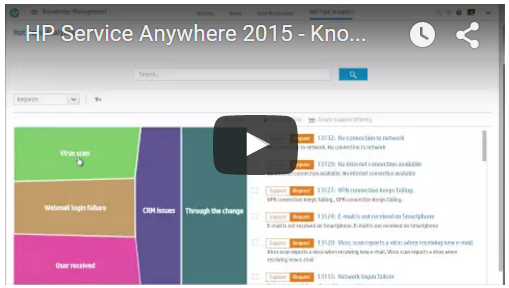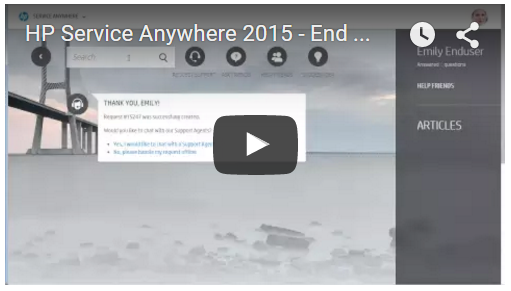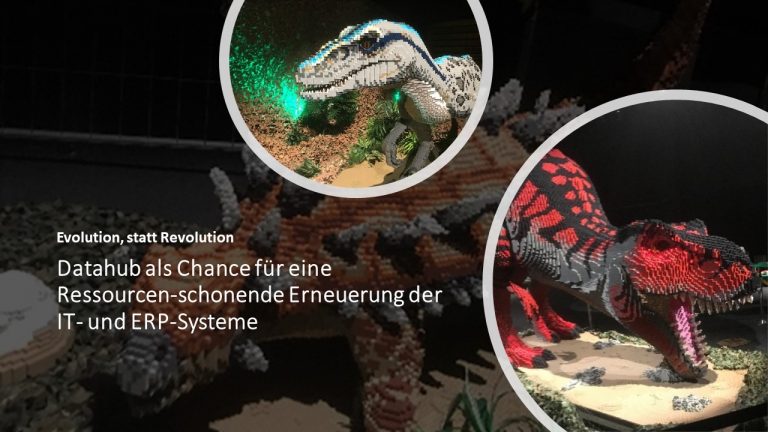Explore a SaaS platform for social business collaboration
Many enterprises strive to keep professional knowledge in the company. They also seek new employees whose personality fits with the corporate philosophy. Enterprises strive for a knowledge pool that has been (or needs to be) developed over the years.
Many human resource (HR) departments think that approximately 80 percent of corporate knowledge is experiential knowledge—, which is required to solve problems. The other 20 percent would be propositional knowledge. Due to the inverted age pyramid, (especially in Central Europe) HR managers or managers in general are not only competing for young employees with a lot of propositional knowledge, they are also fighting to keep professional knowledge in their enterprise. There is a risk that with the aging of these experienced employees their knowledge will be lost over time. This is a significant threat for the persistence of companies.
To avoid this intellectual exhaustion, companies have to develop a strategy to maintain the company’s Intellectual Property (short: IP) and make it available in a sensible manner. So they have to establish a company network with the desired respective know-how. The challenge is two-fold: on one hand, to store knowledge and keep it up-to-date. On the other hand, to make the knowledge available in a sensible and easily applicable manner. A Google-like search is the simplest way to accomplish this, and spoiled users understand it well. Before you have to ask targeted questions of staff, you can browse the Internet for the answer. Well, you certainly know this situation and the benefits of it. Giving users the ability to answer their own questions frees up your experts to focus their professional knowledge.
Hewlett Packard Enterprise Service Anywhere lays the foundation
HPE Service Anywhere (now Microfocus SMAX) enables companies to create an expertise network. An employee or customer asks a question which is then forwarded and answered by an avatar—that is, by the system or an expert within the company, on the basis of an algorithm. In this model, the perceived static image of the service desk function is broken down, because employees outside the service desk organization may provide support based on their personal profiles. This is called social business collaboration.
Social business collaboration means the collaboration of employees in projects, groups, or teams via the Internet and electronic media. This kind of networked collaboration does not only involve technical aspects, such as the use of specific platforms or communication channels. It is considered a process, and is a sociocultural development of the communication behavior and working style of the parties involved in the projects.
Social business collaboration optimizes and accelerates processes. However, it mainly enables organizations or organizational units to position themselves more broadly and efficiently, leading to an improved external presentation of the company.
Well-conceived strategies give companies the hope that a complex knowledge network will develop over time—mapping all experiences within the company. In addition, personal profiles of users are supposed to indicate the fields they have specialized knowledge—in order to include employees in cross-departmental knowledge processes and strategies.
Employee ideas can be rewarded within the scope of performance reviews at the end of the year based on:
- Employee profile
- Generated tickets
- Questions answered
- Incidents solved
- Shared ideas
- Other support offered.
To unlock the company’s knowledge and share it with the employees, HPE Service Anywhere provides big data technology that enables you to generate reports, which prove the support and commitment of an employee to maintaining the company’s IP.
Considering personality parameters
From the HR manager’s perspective, the employees‘ knowledge is only one of many personnel development parameters. A service desk agent must have another personality than that of an employee in the marketing or accounting department or than an employee who works in production. You can identify these personalities based on the Five Factor Model (FFM) or the Big Five personality traits.
The FFM is a model in personality psychology that describes five dimensions of human personality. According to this model, every individual can be categorized by the following traits: neuroticism, extraversion, openness to experience, conscientiousness, and agreeableness.
- Enthusiasm
Enthusiasm provides information of whether individuals rather like to be on their own or have the tendency to seek stimulation in the company of others and are talkativeness. The psychological parameters of enthusiasm are introversion and extraversion. - Neuroticism
Neuroticism reflects the experience of emotional stress. Low neuroticism personalities are confident and calm; high neuroticism personalities are sensitive and vulnerable. - Agreeableness
The level of agreeableness measures how understanding, sympathetic, and compassionate a person is. Low agreeableness personalities are usually antagonistic, egocentric, and suspicious. - Conscientiousness
Conscientiousness deals with the tendency of a person to show self-discipline, act dutifully, and aim for achievement. High conscientiousness personalities are organized, accurate, and considerate. Low conscientiousness personalities act spontaneously and are unreliable. - Openness to experience
The openness to experience reflects the degree of interest in new experiences, activities, and impressions. High openness personalities are often imaginative, clearly perceive positive and negative feelings, and have versatile interests. Low openness personalities rather tend to conventional behavior and rely on proven and well-known processes instead of experimenting with new methods.
For example, the defined parameters enable you to identify the extent to which individual employees—irrespective of whether they are new employees or not—can be included in the social business collaboration process and knowledge management network to contribute to maintaining the company’s IP. This strategy comprises HR-related context, an IT tool platform, and the company philosophy or company goals.
Consequently, social business collaboration projects with HPE Service Anywhere must not be understood as mere IT projects. Those who only consider the technical perspective will quickly find themselves at a dead end. Sometimes, you use proven methods and suddenly notice that you cannot reach the initial goal this way. This mainly applies to the implementation of social business collaboration. Gartner analysts can provide figures for this: 80 percent of previous social business collaboration implementation projects will not reach their goals by 2015. This is a fact and there is a reason for this: Many companies think that IT is responsible for establishing a network culture in the long term.
Project definition
So what do companies have to do to make progress regarding their IP? Internal networks can only be created in a targeted manner if all user departments collaborate in implementing the transformation. A network with all work structures has to be established. This means that—in addition to technical aspects—cultural and organizational aspects need to be considered.
Efficiency can only be achieved with networked collaboration if IT, Sales, Production, Marketing, and Human Resource act in concert. You may have to determine the employees‘ social skills (Big Five personality traits/FFM) or their need for communication to gain this collaboration. All departments can provide more detailed input (than the IT department can alone) to develop a strategy for the company.
To initiate a project for maintaining the company’s IP by integrating social business collaboration, it must be differentiated from traditional IT projects and prepared respectively to ensure a smooth start and sustainable success:
- The project should follow an interdisciplinary approach, In addition to IT, Human Resource, and Marketing, Internal Communication and Sales should be included right from the start.
- The project should raise sufficient management attention. The management should be involved as the project owner.
- Social business collaboration requires the voluntary collaboration and participation of the employees. The company should be able to name a concrete benefit for each individual.
- In Germany, the works council has the right of co-determination. The works council should be involved at an early stage. Section 87 of the Federal Works Constitution Act defines the works council’s right of co-determination regarding social collaboration. Other countries may have similar regulations or company compliance defines them respectively.
HPE Service Anywhere is not a ticket tool
HPE Service Anywhere is a tool that combines the features of social business collaboration, big data, idea- and knowledge management—as well as the strengths of an ITSM suite. This is a unique combination on the market and it is an ideal strategic platform for maintaining the company’s IP. HPE Service Anywhere can be used as a mere ticket tool to record and process tickets for request fulfillment, incident management, problem management, or change management. However, the product is much more, because it also provides comprehensive functions for other disciplines.
You can find a very illustrative video about the knowledge management benefits of HPE Service Anywhere here:
The video https://youtu.be/CTZJ4I5B3uU shows how you can identify, gather, share, and publish knowledge. Another video https://youtu.be/SvPkSsT4o-w shows how the new ideation feature manages suggestions for improvement and integrates them with the company’s IP. The video https://www.youtube.com/watch?v=5wgc22ORask shows how to adapt and use the self-service portal.
The portal is available Out-of-the-box and with point & click functions, the self-service portal is an entry portal with integrated Google-like search, which is essential for end users in the social business collaboration context. The following video illustrates this with process integration and a dialog-driven approach:
Finally, due to the symbiosis of self-service portal elements, social business collaboration, big data, idea management, and knowledge management, the HPE Service Anywhere SaaS platform provides support for companies and businesses going beyond the traditional IT organization in contrast to other ITSM solutions on the market. This leads to a sustainable, future-oriented solution without integration gaps considering the company’s IP strategy and HR analysis of the employees‘ personalities.






